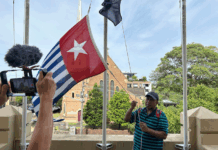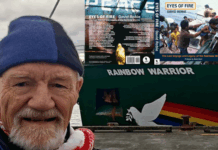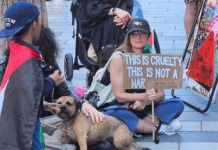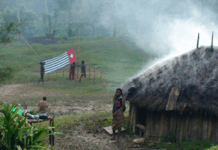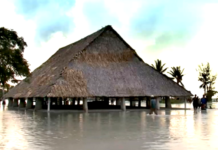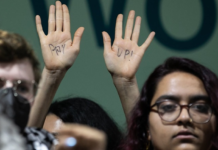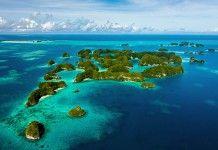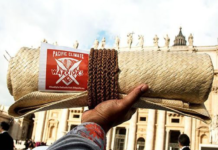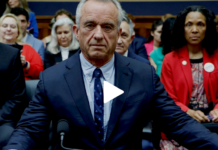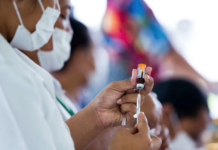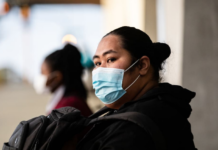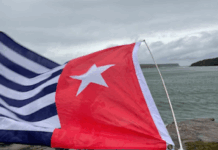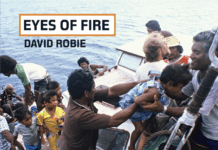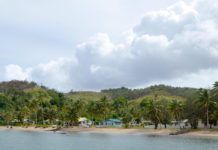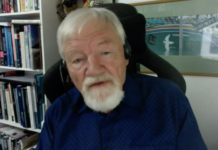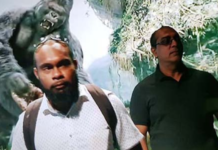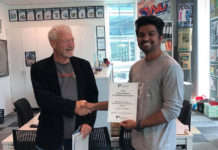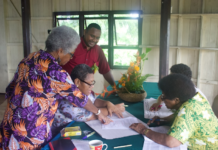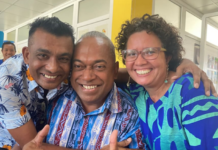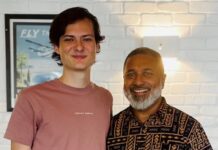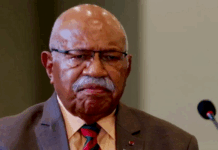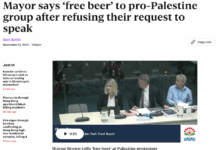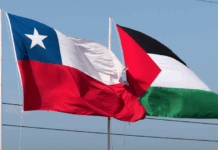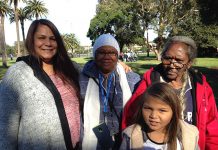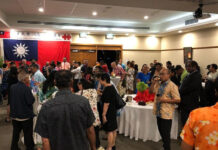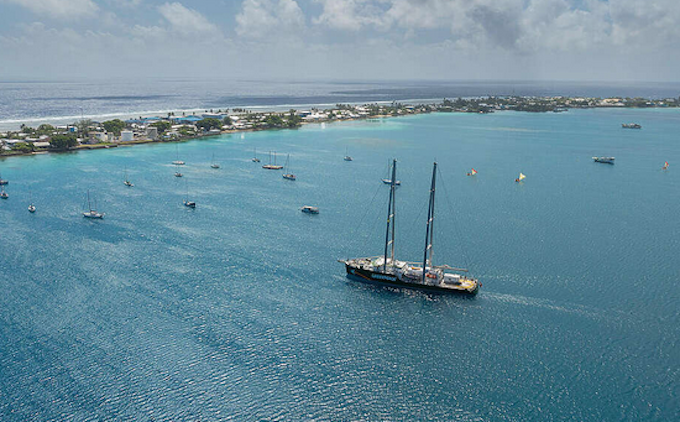
The first of a two-part series on the historic Rongelap evacuation of 300 Marshall islanders from their irradiated atoll with the help of the Greenpeace flagship Rainbow Warrior crew and the return of Rainbow Warrior III 40 years later on a nuclear justice research mission.
SPECIAL REPORT: By Shiva Gounden in Majuro
Family isn’t just about blood—it’s about standing together through the toughest of times.
This is the relationship between Greenpeace and the Marshall Islands — a vast ocean nation, stretching across nearly two million square kilometers of the Pacific. Beneath the waves, coral reefs are bustling with life, while coconut trees stand tall.
For centuries, the Marshallese people have thrived here, mastering the waves, reading the winds, and navigating the open sea with their canoe-building knowledge passed down through generations. Life here is shaped by the rhythm of the tides, the taste of fresh coconut and roasted breadfruit, and an unbreakable bond between people and the sea.
- READ MORE: Marshall Islands: How the Greenpeace Rongelap evacuation changed the course of history
- Eyes of Fire — the Rongelap evacuation story microsite — David Robie
- Part 2 of the series
- Other Rongelap reports
From the bustling heart of its capital, Majuro to the quiet, far-reaching atolls, their islands are not just land; they are home, history, and identity.
Still, Marshallese communities were forced into one of the most devastating chapters of modern history — turned into a nuclear testing ground by the United States without consent, and their lives and lands poisoned by radiation.
Operation Exodus: A legacy of solidarity
Between 1946 and 1958, the US conducted 67 nuclear tests in the Marshall Islands — its total yield roughly equal to one Hiroshima-sized bomb every day for 12 years.
During this Cold War period, the US government planned to conduct its largest nuclear test ever. On the island of Bikini, United States Commodore Ben H. Wyatt manipulated the 167 Marshallese people who called Bikini home asking them to leave so that the US could carry out atomic bomb testing, stating that it was for “the good of mankind and to end all world wars”.
Exploiting their deep faith, he misled Bikinians into believing they were acting in God’s will, and trusting this, they agreed to move—never knowing the true cost of their decision
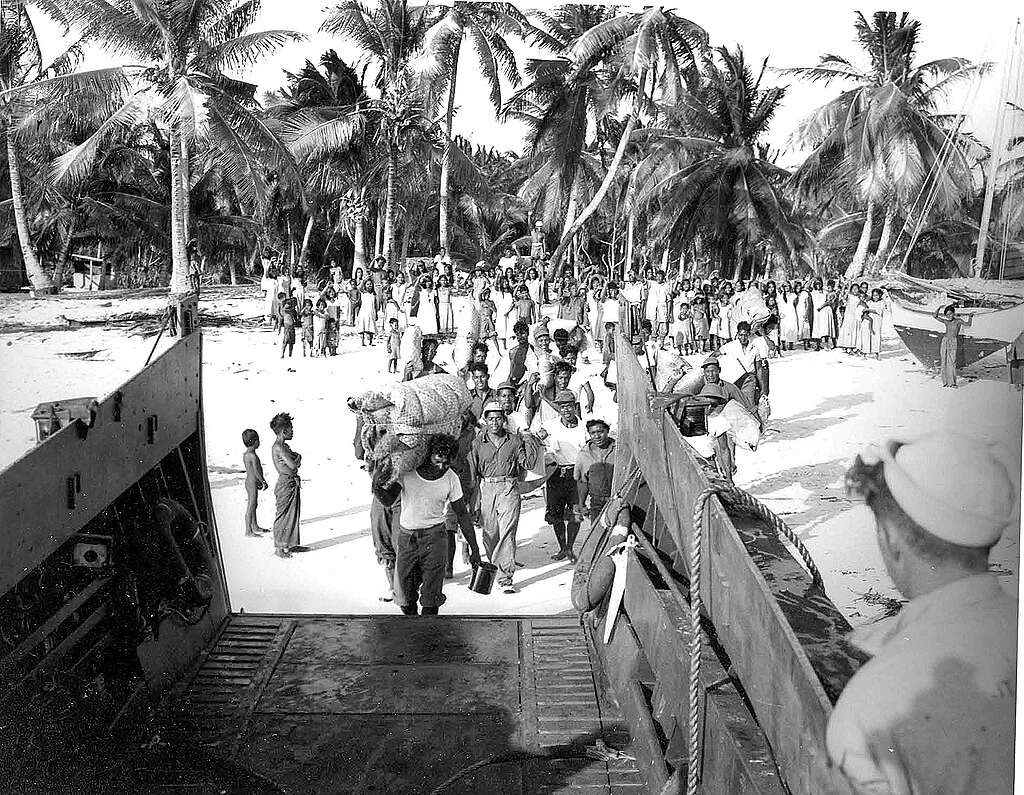
On March 1, 1954, the Castle Bravo test was launched — its yield 1000 times stronger than Hiroshima. Radioactive fallout spread across Rongelap Island about 150 kilometers away, due to what the US government claimed was a “shift in wind direction”.
In reality, the US ignored weather reports that indicated the wind would carry the fallout eastward towards Rongelap and Utirik Atolls, exposing the islands to radioactive contamination. Children played in what they thought was snow, and almost immediately the impacts of radiation began — skin burning, hair fallout, vomiting.
The Rongelap people were immediately relocated, and just three years later were told by the US government their island was deemed safe and asked to return.
For the next 28 years, the Rongelap people lived through a period of intense “gaslighting” by the US government. *
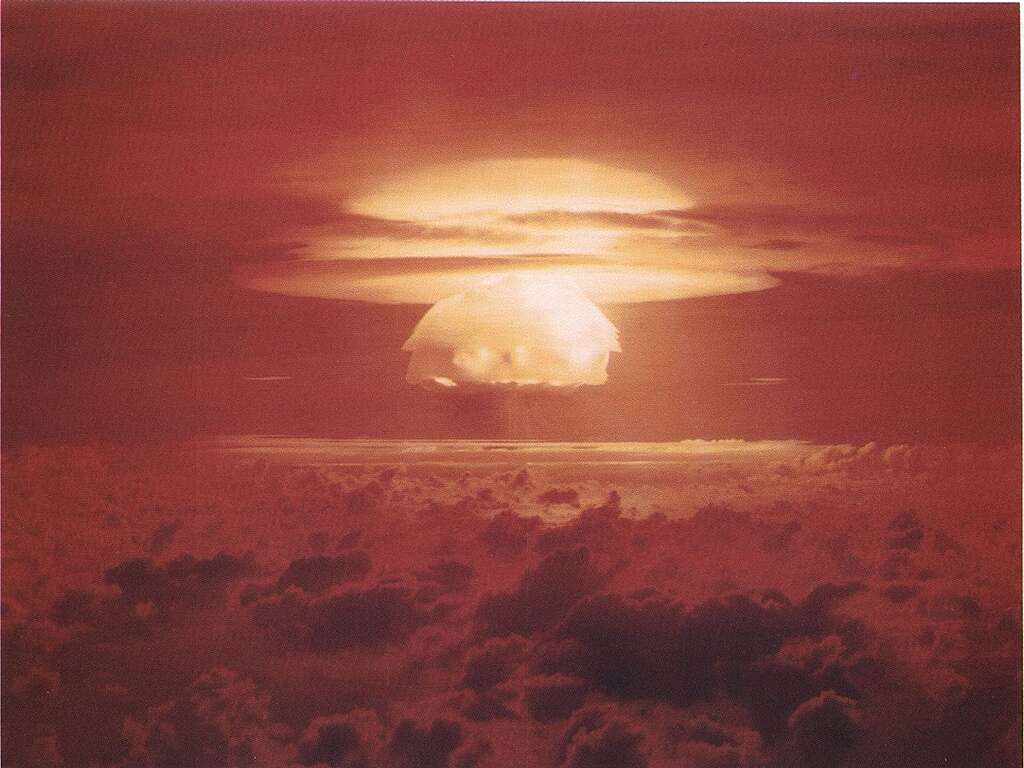
Forced to live on contaminated land, with women enduring miscarriages and cancer rates increasing, in 1985, the people of Rongelap made the difficult decision to leave their homeland. Despite repeated requests to the US government to help evacuate, an SOS was sent, and Greenpeace responded: the Rainbow Warrior arrived in Rongelap, helping to move communities to Mejatto Island.
This was the last journey of the first Rainbow Warrior. The powerful images of their evacuation were captured by photographer Fernando Pereira, who, just months later, was killed in the bombing of the Rainbow Warrior as it sailed to protest nuclear testing in the Pacific.
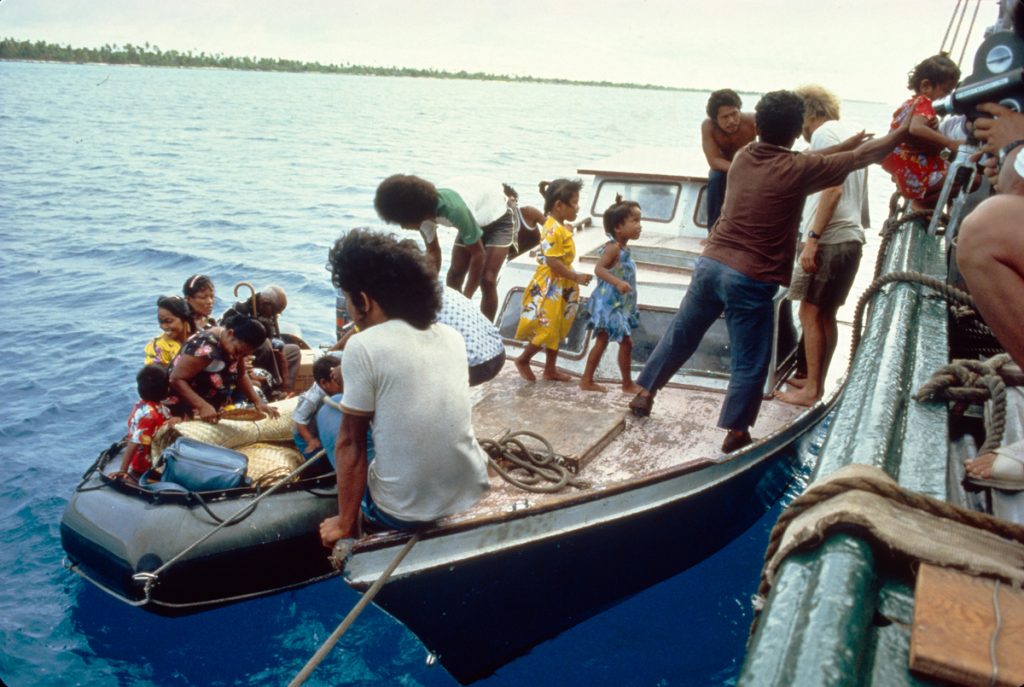
From nuclear to climate: The injustice repeats
The fight for justice did not end with the nuclear tests—the same forces that perpetuated nuclear colonialism continue to endanger the Marshall Islands today with new threats: climate change and deep-sea mining.
The Marshall Islands, a nation of over 1,000 islands, is particularly vulnerable to climate impacts. Entire communities could disappear within a generation due to rising sea levels. Additionally, greedy international corporations are pushing to mine the deep sea of the Pacific Ocean for profit. Deep sea mining threatens fragile marine ecosystems and could destroy Pacific ways of life, livelihoods and fish populations. The ocean connects us all, and a threat anywhere in the Pacific is a threat to the world.
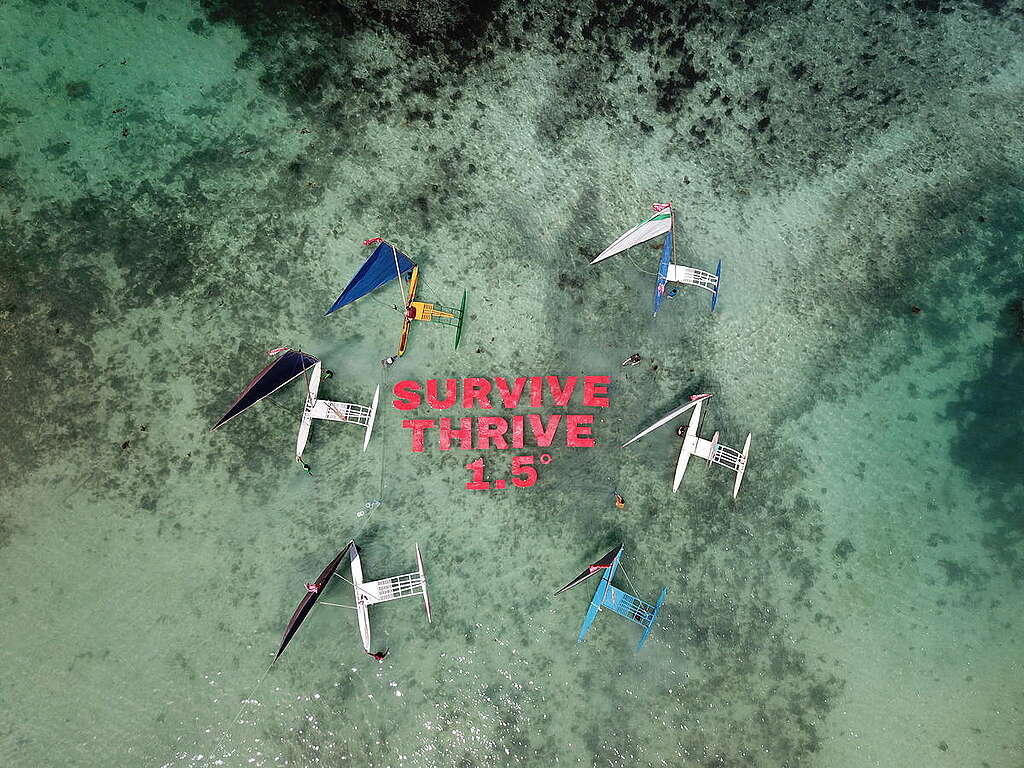
But if there could be one symbol to encapsulate past nuclear injustices and current climate harms it would be the Runit Dome. This concrete structure was built by the US to contain radioactive waste from years of nuclear tests, but climate change now poses a direct threat.
Rising sea levels and increasing storm surges are eroding the dome’s integrity, raising fears of radioactive material leaking into the ocean, potentially causing a nuclear disaster.
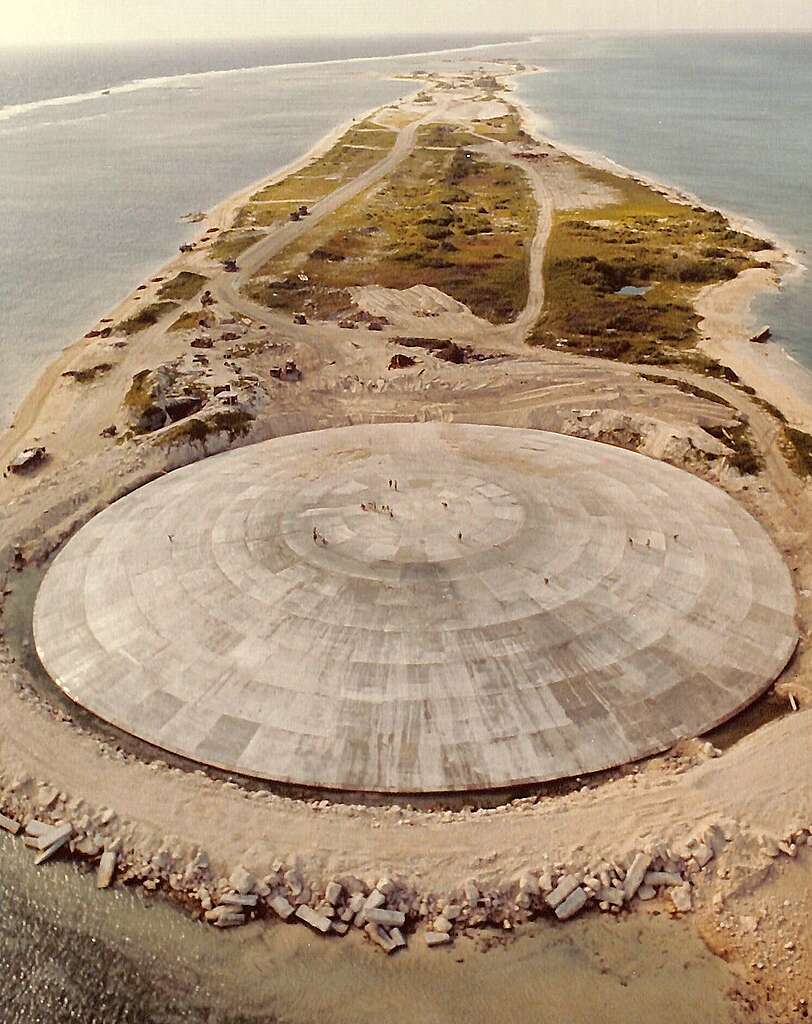
Science, storytelling, and resistance: The Rainbow Warrior’s epic mission and 40 year celebration
At the invitation of the Marshallese community and government, the Rainbow Warrior is in the Pacific nation to celebrate 40 years since 1985’s Operation Exodus, and stand in support of their ongoing fight for nuclear justice, climate action, and self-determination.
This journey brings together science, storytelling, and activism to support the Marshallese movement for justice and recognition. Independent radiation experts and Greenpeace scientists will conduct crucial research across the atolls, providing much-needed data on remaining nuclear contamination.
For decades, research on radiation levels has been controlled by the same government that conducted the nuclear tests, leaving many unanswered questions. This independent study will help support the Marshallese people in their ongoing legal battles for recognition, reparations, and justice.
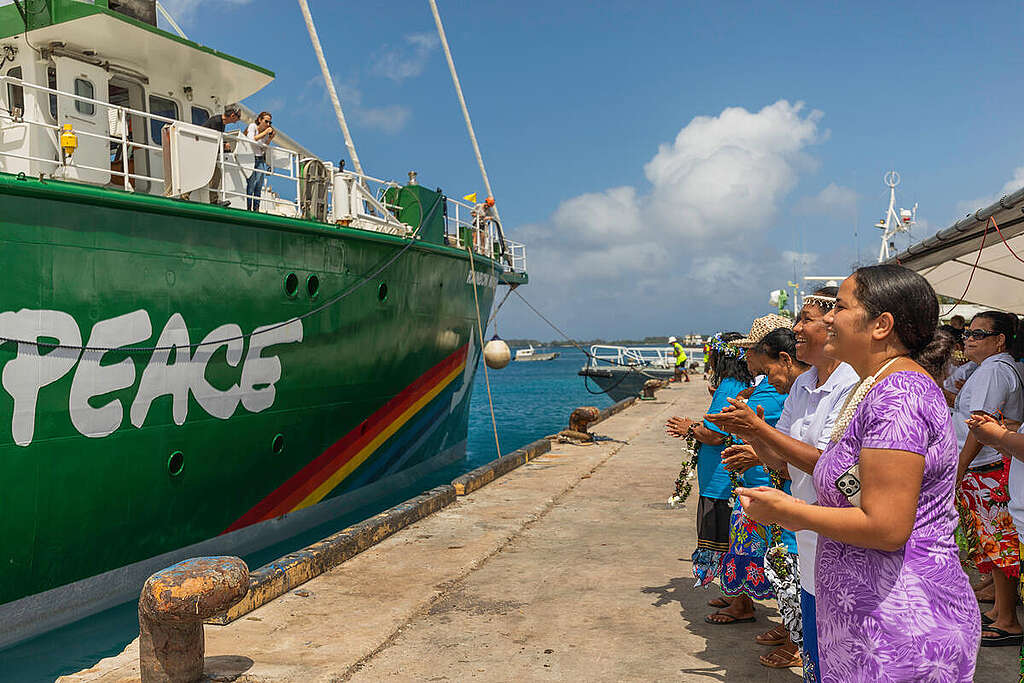
The path of the ship tour: A journey led by the Marshallese
From March to April, the Rainbow Warrior is sailing across the Marshall Islands, stopping in Majuro, Mejatto, Enewetak, Bikini, Rongelap, and Wotje. Like visiting old family, each of these locations carries a story — of nuclear fallout, forced displacement, resistance, and hope for a just future.
But just like old family, there’s something new to learn. At every stop, local leaders, activists, and a younger generation are shaping the narrative.
Their testimonies are the foundation of this journey, ensuring the world cannot turn away. Their stories of displacement, resilience, and hope will be shared far beyond the Pacific, calling for justice on a global scale.

A defining moment for climate justice
The Marshallese are not just survivors of past injustices; they are champions of a just future. Their leadership reminds us that those most affected by climate change are not only calling for action — they are showing the way forward. They are leaders of finding solutions to avert these crises.
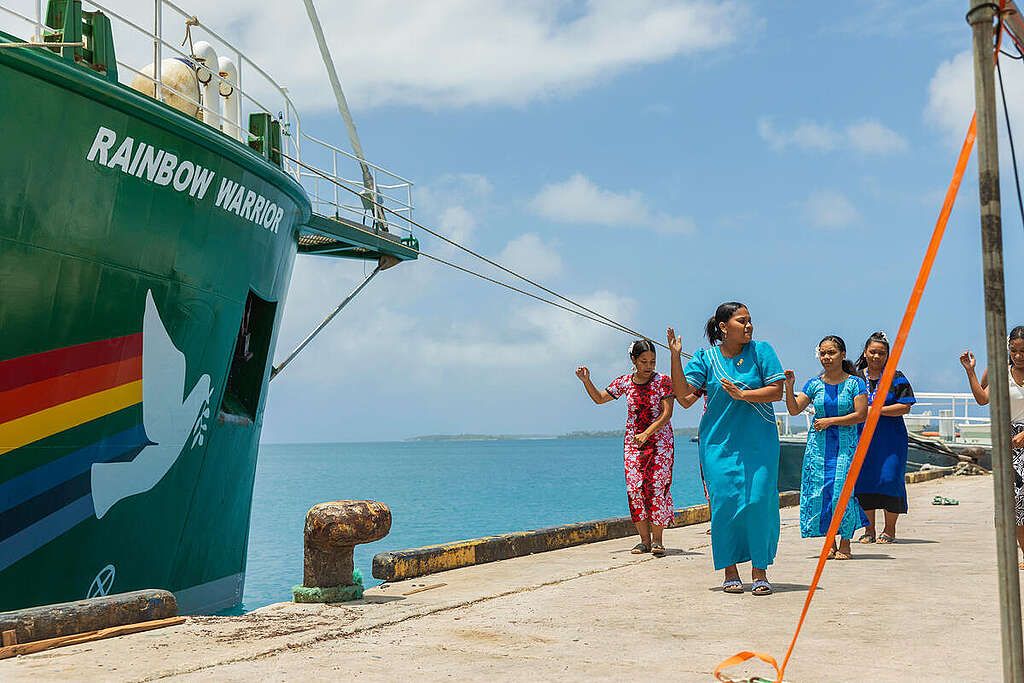
Since they have joined the global fight for climate justice, their leadership in the climate battle has been evident.
In 2011, they established a shark sanctuary to protect vital marine life.
In 2024, they created their first ocean sanctuary, expanding efforts to conserve critical ecosystems. The Marshall Islands is also on the verge of signing the High Seas Treaty, showing their commitment to global marine conservation, and has taken a firm stance against deep-sea mining.
They are not only protecting their lands but are also at the forefront of the global fight for climate justice, pushing for reparations, recognition, and climate action.
This voyage is a message: the world must listen, and it must act. The Marshallese people are standing their ground, and we stand in solidarity with them — just like family.
Learn their story. Support their call for justice. Amplify their voices. Because when those on the frontlines lead, justice is within reach.
Shiva Gounden is the head of Pacific at Greenpeace Australia Pacific. This article series is republished with the permission of Greenpeace.
* This refers to the period from 1957 — when the US Atomic Energy Commission declared Rongelap Atoll safe for habitation despite known contamination — to 1985, when Greenpeace assisted the Rongelap community in relocating due to ongoing radiation concerns. The Compact of Free Association, signed in 1986, finally started acknowledging damages caused by nuclear testing to the populations of Rongelap.



